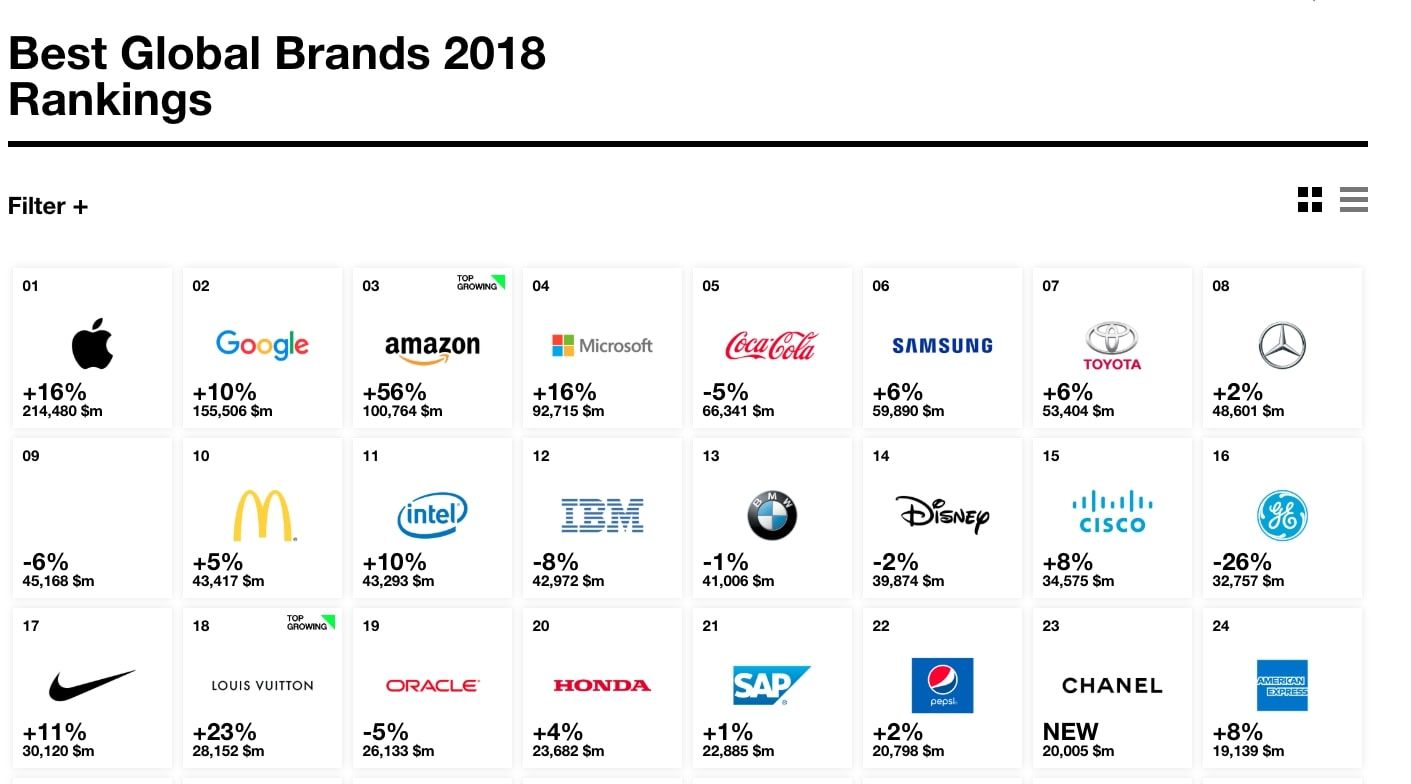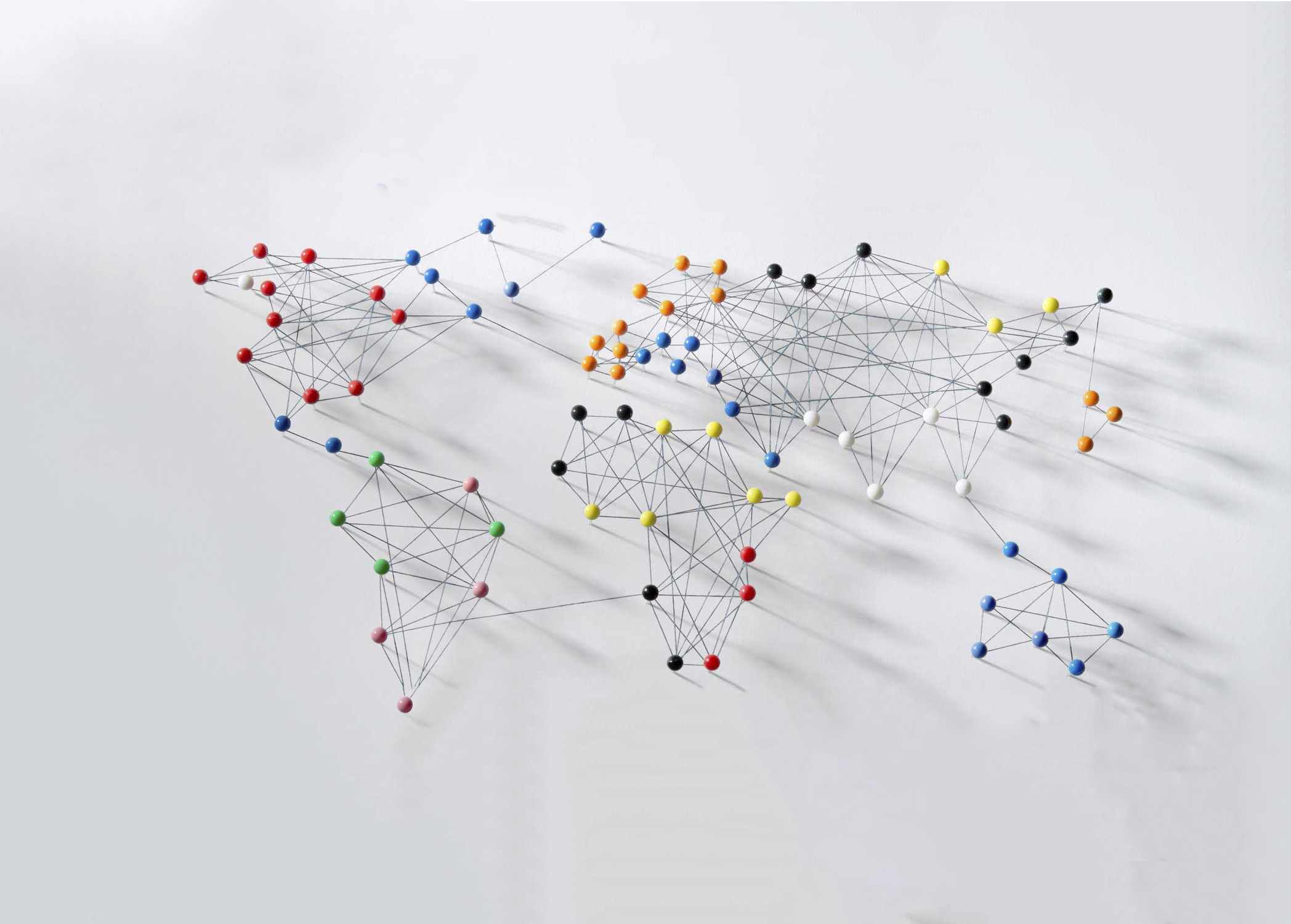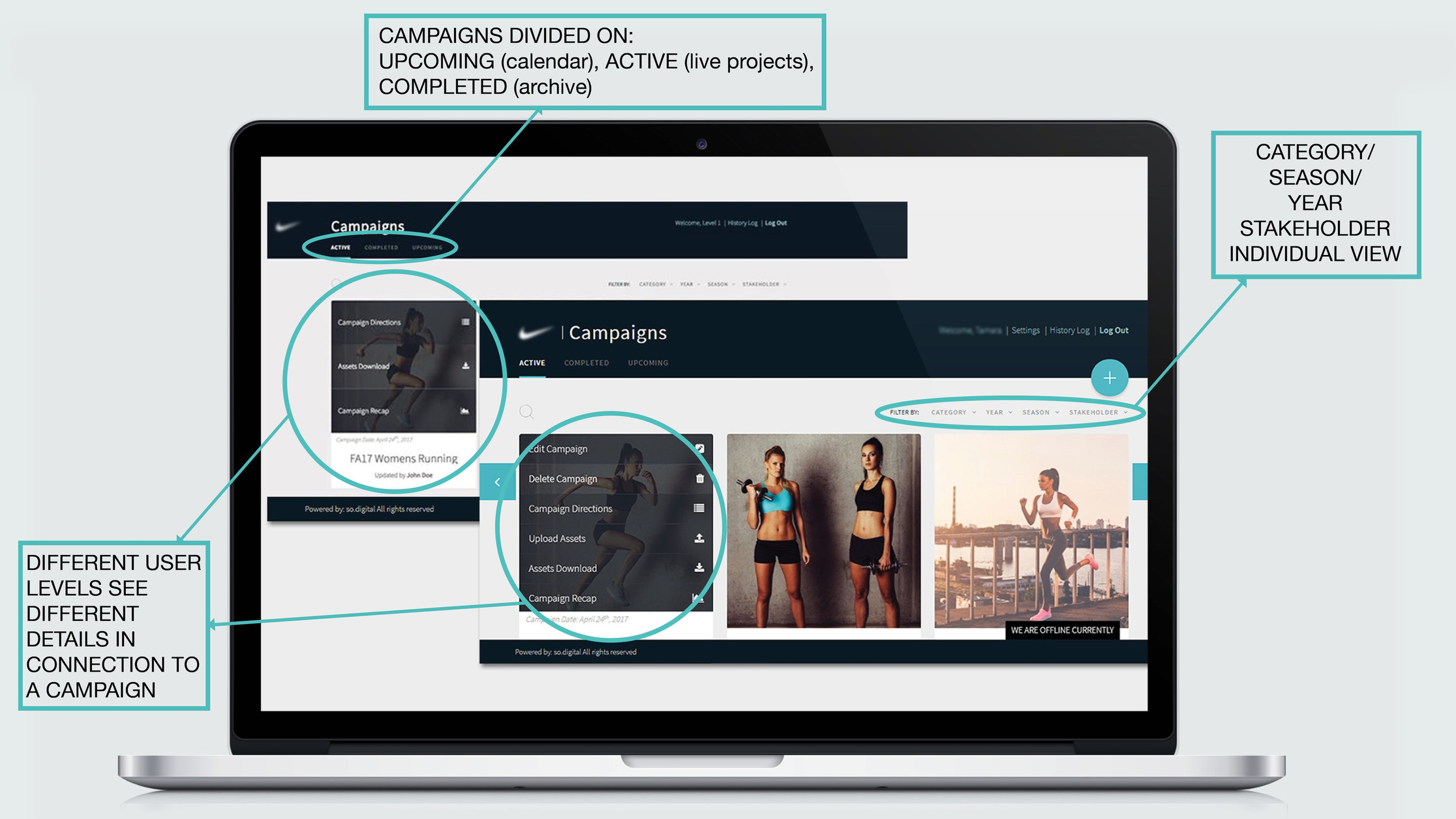We help brands drive internal capability, operational and executional improvements to achieve excellence in brand, creative and e-commerce strategy execution. Providing services and solutions across strategy management, internal enablement, capability building and executional support provision.
Flagship clients
 (EMEA) 14 markets
(EMEA) 14 markets
 (EMEA) 47 markets
(EMEA) 47 markets
 (EMEA) 17 markets
(EMEA) 17 markets
 (WHQ)
(WHQ)
Global Brands and Characteristics of Global Brands
Multinational organisations have a choice when it comes to marketing their products in the global marketplace. They can choose to focus on each individual market using an adjusted strategy and sell under different brand names or they can use the same brand name and marketing approach in every market. Local branding has the advantage of identifying local tastes, fashions, beliefs and conditions and allows customers to believe that the product is locally manufactured or produced. Global brands on the other hand are brands that are recognised throughout much of the world and firms employing this unified approach use a similar marketing strategy to support the brand and its development everywhere. This ensures consistency in presenting the brand's values in all of its markets. The advantage of a global brand is that the firm can gain from marketing economies of scale. For example, the same advertising strategy can be employed worldwide using the same celebrities, words and images.
The advantage of a global brand is that the firm can gain from marketing economies of scale.
Perhaps it is not surprising that the brands with the highest asset value, and those which have had the largest increases in value, operate as single brands worldwide. Obvious examples of these can be found from the top brands in both the Interbrand Top Global brands and the BrandZ rankings. Brands such as Coca-Cola, Microsoft, IBM and McDonalds use the same image, logos and visual wherever they are marketed.
Interbrand.com Screenshot : Best Global Brands 2018
However, global availability does not equal global branding.
However, global availability does not equal global branding, nor does it ensure having or becoming a global brand. A true brand represents a consistent set of associations and attributes that are recognizable to a relevant target audience of sufficient size and quality to sustain a viable, growing business. A global brand must do this on a macro scale, delivering a reliable core promise while remaining relevant to diverse worldwide audiences. That is why, even in the age of digital disruption which has made brought havoc across numerous industries and business models, there has been very little or non disruption to global brands and their value. Even in never more easily accessible global markets for new entrants in terms of worldwide e-commerce sales and distribution, the number of true global brands still remains scarce.
Creating a global brand presence in one or more international markets isn't cheap or easy, but global brands are a proven growth platform and one of best ways to future-proof a company's existence.
Creating a global brand presence in one or more international markets isn't cheap or easy, but global brands are a proven growth platform and one of best ways to future-proof a company's existence. Global brands usually provide a uniform quality of product or service in every market within which they are available. Global brands have the same brand essence, identity and consistent brand values across all markets. Finally, global brands also tend to use the same strategic principles and positioning in each market while typically employing the same marketing mix as far as possible. The quest for the global brand therefore means creating global synergies and a consistent global brand strategy to which all local marketing teams should conform. The consistent global strategy and positioning mentioned above means that any successful global brand should therefore be managed as a single system, not a portfolio of independent positions. This is critical, because future growth for most companies will likely come from foreign markets.
Any successful global brand should therefore be managed as a single system, not a portfolio of independent positions.
Organisational Requirements for Global Brand Management
It is because of the brand-as-a-system management requirement that there is a clear and obvious need for either a central authority that would take on the 'big picture' management across continents, regions, BU or, alternatively a very unified identity aware cross-regional and cross-continental collective of individual self-managing units. Latter, although technically and theoretically feasible, is yet to be proven possible in practice. Thus all global brands are mostly managed via a central authority embodied in a global brand management function at corporate headquarters.
However, no small number of global branding projects fail because of competitive infighting between headquarters and country office
Hierarchical relationship between countries and headquarter(s) may vary from a centralised , headquarters leading model where corporate center brand function authoritatively directs and coordinates activities, to an individual market leading model, where countries (often large, high value markets or countries) make majority of decisions and activities while only marginally involving headquarter. However, no small number of global branding projects fail because of competitive infighting between headquarters and country offices. This often happens because of misaligned incentives, roles, authorities and unclear responsibilities, between global - regional and country brand professionals and geographical, functional and product lines. Intense local competition raising the stakes, with faster local market responses, digital disruption of traditional sales channel domination, just keeps fuelling the rift between headquarters & the business units. Country offices may rightly remark that the corporate headquarter isn't in touch with either local market tastes nor speed of developments. Very often, because of improper support or response times from headquarters, country offices are forced to miss out on significant market opportunities.
Very often, because of either improper support or response times from headquarters, country offices are forced to miss-out on significant market opportunities
When headquarters aren't fulfilling their duties and providing time-relevant, both local market and global agenda relevant support, country offices are effectively forced to act on their own. On the other side, country level or local market level professionals often miss out to see the big picture, the need for coordination, and sacrifice for the greater good. Often, they are simply too eager to do 'the fun' part of branding - work with local agencies on brand activations and locally relevant agenda. However, truly global brand management calls for sacrifice on the part of country-specific offices for the good of a strong, unified corporate and brand imagery. But, this is no justification for insufficient and contextually irrelevant corporate headquarter global brand function role fulfilment. If anything, the sacrifice made by countries offices in form of abdication of part of authority, autonomy and budgets, for the sake of a global brand management agenda, reinforces the requirement from global brand headquarters to fulfils their roles.
Corporate Roles of Headquarters and Headquarter Global Brand Function Role Fulfilment
The cost of corporate headquarters is a significant burden. The average cost of headquarters ranges between 2% and almost 7% of sales depending on management concept and industry cluster, research by Roland Berger, a consultancy, reveals.
Headquarters exist to add corporate value beyond that which is added by corporate divisions or business units. To be effective, the corporate core must not only add value to the business units, it must add more value than the businesses could generate on their own—and more value than any other corporate parent could provide.
Even though headquarter configurations and their position(ing) within a broader organisation are as much a matter of corporate strategy as they are the result of the underlying business, they usually fulfil at least three roles of : (1) Governance Guardian, (2) Advantage Accelerator, and (3) Scale Economizer. Roles of (3) Scale Economizer - the creation of common processes, standards, and consolidated pools of expertise; and (2) Advantage Accelerator - the releasement of value trapped between and among business units through corporate development, stand-alone influence or linkage enhancement; are crucial to understand what should corporate brand headquarters function provide to country offices and analysis whether they fulfil or fail these roles. Fulfilment of Advantage Accelerator role would consist in scaling individual market successes across other geographies, enabling cross country learning and sharing of expertise - between countries themselves, as well as between countries and headquarters by, for example, staff rotations. Within this role it is the headquarter that needs to identify and act on biggest market successes across product categories and geographies and leverage, adjust and focus organisational capabilities in terms of expertise and budgets.
Most global brand headquarters fall short of their corporate role of Scale Economiser and fail to provide a process-oriented global branding executional architecture
Within Scale Economizer role, corporate headquarter brand function needs to exploit economies of scale by pooling brand management functional resources at their headquarters. A “shared service” model should be employed whereby headquarters provide business units with service of brand creative production, guidelines & directives as well as fulfilment of country content requests, adaptation & localisation. To completely fulfil this role, headquarter brand function needs to plan, design and implement clear process-based global branding execution architecture that will be be as sophisticated as brand strategies and organisations that need to implement them. However, this is where most of global brand headquarters' functions fail their role and their mission : global brand campaign process implementation and efficient operational brand executional architecture. Most of global brand headquarters fall short of their corporate role of Scale Economiser and fail to provide a process-oriented global branding executional architecture
Global Branding Execution : Email Chaos, Asset Chases and Late Nights at the Office
Global brand campaign execution architecture stemming from notoriously non-process driven brand function nestled within a complex matrix organisation is often a source of colossal waste of time, money, data and missed opportunities. The complexity cost of global brand as a marketing strategy is nowhere more evident than in the matrix global organisation that follows a centralised, headquarter leading, global-to-local, (digital) brand campaign execution. It is within these, deadline determined and intensive downstream and upstream campaign information and brand assets flows, that the matrix complexity takes its toll from an already 'weak', non-process driven and non- tailored technology supported, brand function's global operating model.

Global branding execution as a process is a complex system where geometrically rising number interactions between elements and participants create exponentially rising complexity costs. (In)visible results of organisation induced complexity are hundreds of thousands wasted hours in misalignments between organisational levels (Global - EMEA - Country - Retailers) that take shape of continuous email chains of disconnected information, asset chases and late nights at office. Misalignments also often lead to last minute launches which create additional costs and overtime charges by agencies. Aside of waste of time, energy, process data (insights) and money, significant opportunity costs arise due to the fact that highly paid professionals are trapped in email micro-management of tasks instead of value adding strategic brand building activations

Process driven digital enablement of branding seems to have bypassed even biggest and very brand driven organisations. Digital evolution seems to have happened only up to the level of DAM solutions - which are basically just digital warehouses for storage of assets. However, operations which involve actual steps of branding, workflows, and especially top-level ones - between geographically dispersed organisational levels which work as virtual teams in global campaign execution, still rely on email as a 'branding software'. That is why, for most if not all global brand organisations - most ubiquitous 'branding software' is 'Microsoft Outlook' inbox.
Disregarding the relationship typology, all global organisations that follow the global brand as a marketing strategy require a transparent, functional, and efficient operational coordination and implementation architecture that can support the maintenance and growth of an unifying and consistent global brand expression
With exponentially rising number of digital touchpoints, business process management technology unsupported global branding function and global brand campaign execution means only one thing : email chaos, asset chases, late nights at the office and overburdened brand mangers and brand directors.
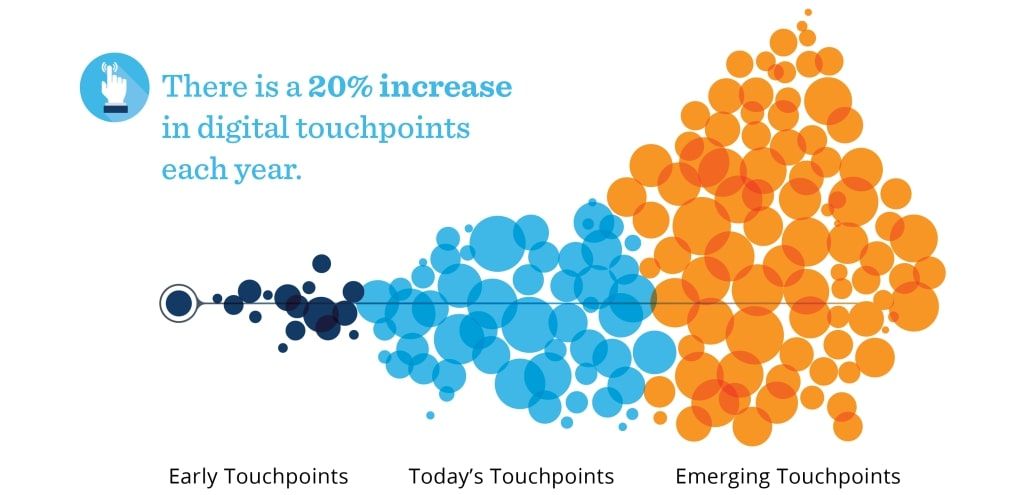
Global Brand Function Fulfilling Headquarters Corporate Roles
Global brand management requires coordination among countries so that a clear image of the company and its offerings develop – a big picture. Expert global brand management is tied to requirements: they concern the involved personnel, roles, responsibilities, processes, structures, the appointed information technology as well as the culture of the communications.
SO DIGITAL provides global brands with both technology solutions and scalable talent resources that help global brands and their headquarters achieve economies of scale and scope and reduce organisational complexity costs in global branding. Our solutions create organisational simplicity and deliver speed & efficiency in execution across markets by standardising and codifying branding operations. We establish clear roles and responsibilities and translate it to platform interface in shape of user levels. We secure process implementation by defining chain of actions with defined goals to be completed by each user level within a predefined time frames and other user action dependencies.
Instead of being buried in endless chain of emails, brand professionals are able to perform all of their campaign execution related tasks in connection to other organisational levels within a simple and aesthetically pleasing interface. Platform is organised with a supply chain perspective and vertical and horizontal process visibility - meaning that all participants see the phases and action points that are time and role relevant with progress stage indicators.
Platform collects both process and output data per defined use - meaning that users can define the desired reporting on campaign success and build upon reports with 3rd party tools. Also that there’s an organisational campaign execution performance metric - how fast or how slow does an organisation roll-out a campaign globally.
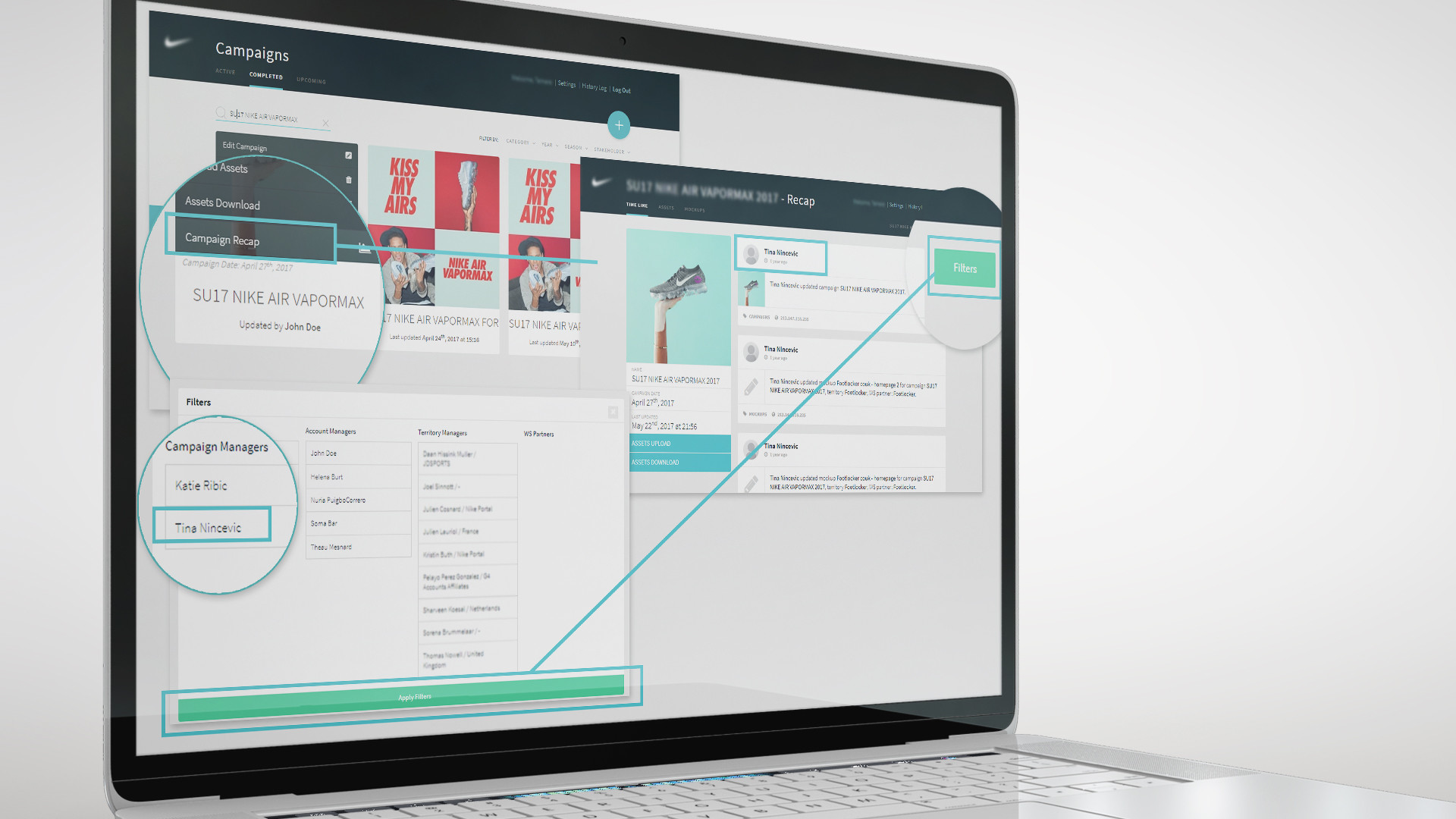
Given that the physical (assets) and information flows are centralised and shared among participants each organisational level has a visibility of the progress / stage of the campaign which removes excess emailing on alignment issues.
Execution, Not Strategy, Separates Leaders from Laggards. Leverage our platform to create organisational simplicity and deliver speed and efficiency in execution across markets. Align inside to win outside.
Brand management is in itself complex, should your organisational execution increase or decrease this complexity? Simplify global brand operations - use a single point of contact and engagement for all phases of brand campaign execution. Make your day-to-day operations and workflows SO SIMPLE, SO EASY, SO FAST - SO DIGITAL.
Contact us today for a no-commitment walk through of SO DIGITAL platform solutions implemented for clients like Nike EMEA and Uber EMEA.
---------------------------------------------------------------------------------------------------------------
References :
Dr. Michael Bloom and Michael Grant, The Conference Board of Canada* : Valuing Headquarters (HQs): Analysis of the Role, Value and Benefit of HQs in Global Value Chains
Vinay Couto, Gary Neilson, PWC : "Headquarters: Irrelevant or Irreplaceable?" https://www.strategyand.pwc.com/media/uploads/Headquarters_Irrelevant_or_Irreplaceable.pdf
Laurel Delaney, "Making the Case for a Global Brand" https://www.thebalancesmb.com/making-the-case-for-a-global-brand-
Interbrand, Best Global Brands Report 2017 . https://www.interbrand.com/wp-content/uploads/2017/10/BGB_2017_Report.pdf
Cape Marketing & Consulting "Global Brands: Advantages & Pitfalls" http://www.thecmcc.com/global-brands-advantages-pitfalls
St. Andrews School, Marketing http://www.sanandres.esc.edu.ar/secondary/marketing/page_127.htm
Douglas Holt, John Quelch , Earl L. Taylor, HBR.org: "How Global Brands Compete" https://hbr.org/2004/09/how-global-brands-compete
Prof. Dieter Georg Herbst, Brand Quarterly, " How To Organize Global Brand Management" http://www.brandquarterly.com/organizing-global-brand-management
Roland Berger Strategy Consultants, Corporate Headquarters Study, 2012.
